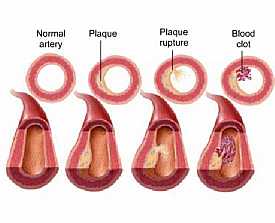


CHICAGO CARDIOLOGY INSTITUTE
"The premier center for the treatment of Cardiovascular and Peripheral Vascular disease"




New Peripheral
Intervention
Center
Intervention
Center


Arterial Ultrasound Lower Extremity
Explanation
An arterial ultrasound is a safe and painless procedure that is done in our office and can be done in
less than 30 to 45 minutes. Our certified technicians will use an ultrasound machine that uses sound
waves to examine the structure and function of the your arteries. This test will help us determine if the
blood is flowing properly through your legs and that the arteries are of normal size and strength.
The ultra sound study is performed by placing a small device called a transducer against the skin on
the area to be examined. In order to get a better ultrasound picture, a gel is applied to the skin where
the transducer will be placed. This requires the area to be exposed for the exam. We understand your
desire for modesty and we will do our best to make sure the exam is performed in a way to provide the
most privacy possible. After the required images are completed, the gel will be removed and the study
completed.
Preparation
While there are no specific preparations required, you can take the following steps to prepare for your
appointment:
• You should call the day before the exam to confirm the time and location of the exam.
Special Note: If you are having other studies performed during your visit, please follow the guidelines for
those studies.
Unless your doctor provides any additional instructions, this is all you should need to do.
Treatment Options
Treatment options can include medications or if severe enough, possible interventions. If an
intervention is required, we use a minimally invasive non-surgical approach which provides our patients
with substantially lower cost procedures, significantly less risks, quicker recover times and less patient
discomfort.
Your treatment options will be thoroughly explained to you by your Doctor.
Place mouse pointer over images to zoom in.
Definition
The arteries in your legs carry the fresh oxygenated
blood from your heart to your legs and feet. These
arteries can become clogged by fatty build ups called
plaque which can reduce the blood flow to these areas.
This is called Peripheral Arterial Disease (PAD). If this
flow is reduced too much, it can effect the normal
functioning of the extremity causing pain, discoloration
and if not addressed can develop into open sores. In
extreme cases, it can cause the loss of the effected
area. Sometimes the walls of the arteries become
weak and bulge out, which is known as an aneurysm.
Your Doctor may require an arterial ultrasound to see if
there are any abnormalities present and which
treatment options may be necessary.
